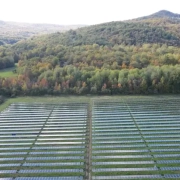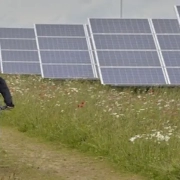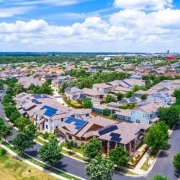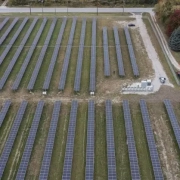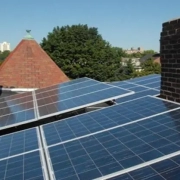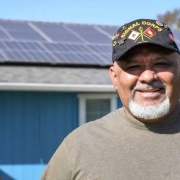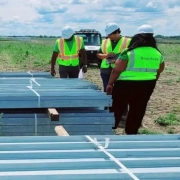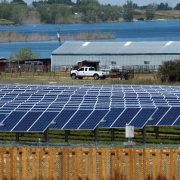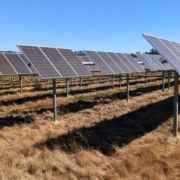Walmart is investing in 19 solar projects under development across the US, including 15 community solar projects.
Walmart’s strategic tax equity investment will drive the construction, operation, and maintenance of solar projects across five states – Illinois, Colorado, Maryland, Delaware, and California.
As the American Council on Renewable Energy explains, tax equity investors provide funding to take advantage of the tax benefits and receive cash flows from the project, partnering with the project sponsor to become a partial owner of the project company.
In this case, Walmart is partnering with Colorado-based renewable energy provider Pivot Energy, and the retail giant’s tax equity investment will enable the construction of 72 megawatts (MW) of community solar projects. In Colorado, 41 MW of those projects will serve low and moderate-income homes.
Click here to read the full article
Source: electrek
—
If you have any questions or thoughts about the topic, feel free to contact us here or leave a comment below.

